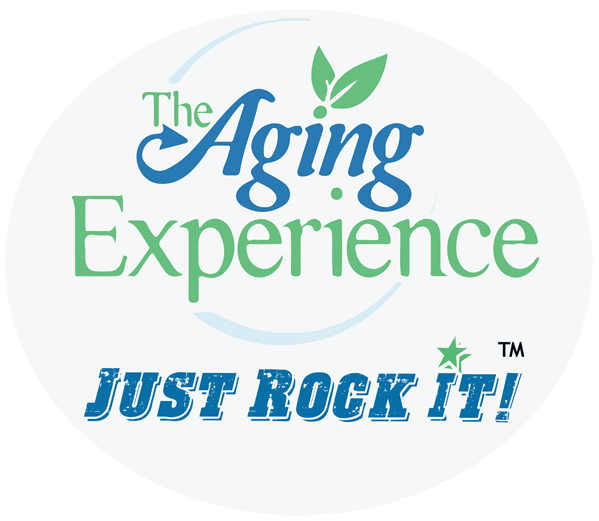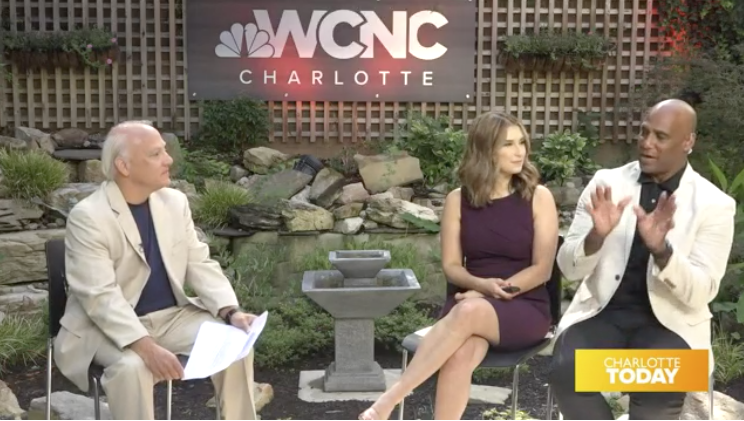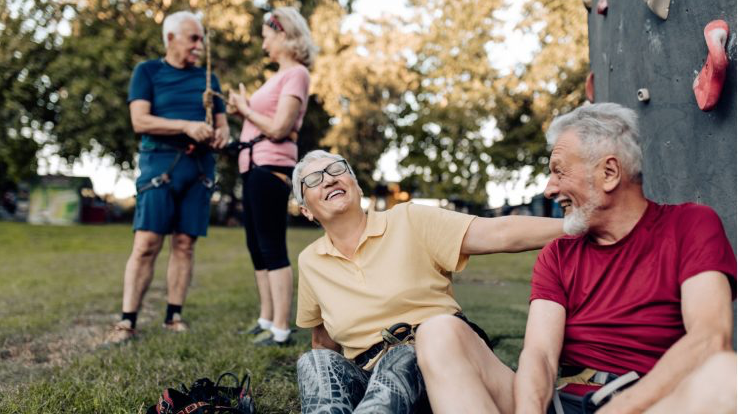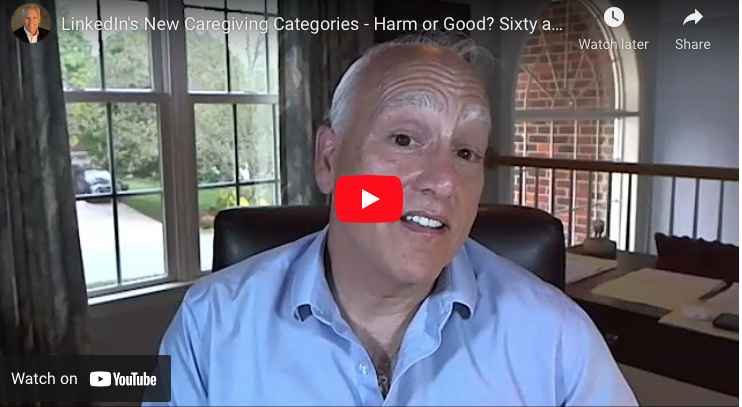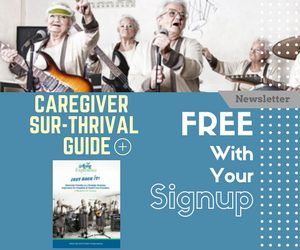Three Interesting Ways To Grow Old Gracefully
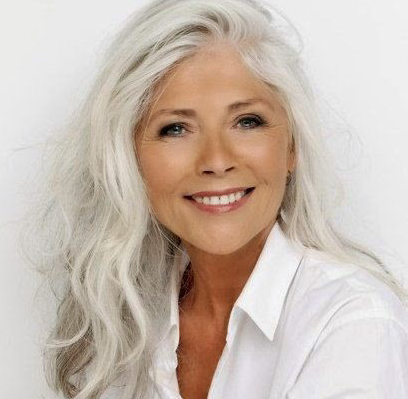 Grow Old Gracefully
Grow Old Gracefully
Nobody likes the idea of growing older, yet it’s unavoidable and something we are, when you think about it, fortunate to experience. This means that rather than seeing aging as a negative, we should view it as a good thing – something to enjoy and experience in the best ways possible. Read on for some great ideas for growing old gracefully while having a lot of fun, which should make you feel a lot better about the whole idea and remind you to enjoy yourself as much as possible.
Consult The Doctor
As we grow old gracefully, our bodies begin to hurt a bit more, and our mobility changes; our joints become less flexible. Rather than ignoring these symptoms because thinking about aging isn’t pleasant, it’s essential to have them checked out by a doctor to ensure they aren’t anything more severe.
As well as this, your doctor may be able to prescribe medicine to help you feel more like yourself again. Whatever the situation, ignoring the aches and pains and any illness symptoms and choosing to live with the problems when you don’t have to won’t help you enjoy your later years much.
Get A Pet
Pets provide unconditional love and a lot of company, which may be just what you need to stop feeling old and start enjoying your old age. This is particularly helpful if you have trouble making new friends since you will always have a pet to return home to. A pet will help you grow old gracefully since you will be responsible for another life, one that is unconcerned with how you look or how old you are. You can be yourself without worrying about your age, which will make you happier and perhaps healthier.
Taking care of a pet when you are older is actually easier than doing so when you’re younger. This is because you’re more likely to be at home during the day because you’ve retired, for example, and because you have fewer other responsibilities. You can take your dog for a walk, play with your cat or guinea pig, keep your chickens clean and healthy, and easily buy pet food online at exceptionalpets.com, making things as easy and fun as possible for you.
Eat And Drink Well
A good diet is essential for having a long and healthy life, and this becomes increasingly more vital as we age. Because our systems metabolize food differently as we age, some meals you may have enjoyed in the past will no longer be healthy for you or could even make you feel sick.
Although this is sad, there are numerous foods that you may not have eaten before that will keep you as healthy as possible while still tasting great. With this in mind, it’s a good idea to experiment with as many new food and beverage options as possible. This is both enjoyable and helpful for your health in your senior years.
Aging well will make the whole process as palatable as possible allowing you to grow old gracefully.
Alleviating Social Isolation – My Segment on Charlotte Today – 07/15/21
Alleviating Social Isolation – My Segment on Charlotte Today – 07/15/21
The pandemic caused social isolation for so many of us over the past 17 months, but it was especially hard on our seniors. So how are they doing now that things are opening back up and how can we all help them? Aging expert Anthony Cirillo has some suggestions to help our senior population.
First, how widespread is this isolation and what impact does it have on people? At least 30% of all seniors are not vaccinated and at least 8 million older people live alone. The AARP Foundation and the United Health Foundation conducted a study, which found that two-thirds of U.S. adults report experiencing social isolation and more than half agree that the COVID-19 pandemic has caused their anxiety level to increase. Studies have found that social isolation can be worse for one’s health than obesity, and the health risks are equivalent to smoking 15 cigarettes a day. The bottom line is older people feel socially isolated. Cirillo says “that this is impacting your love one in several ways.”
The AARP Foundation has a tool Connect2Affect (connect2affect.org) that offers an assessment test to determine whether you or loved ones are at risk. It asks questions like: Do you participate in social activities or organized groups at least once a week? Do you see or talk to a family member or a friend at least once a week? Under normal circumstances, do you ever have trouble finding transportation to get where you want ?Do you avoid socializing because it’s hard for you to understand conversations? If the answer are yes to any of these questions then your love one has been directly impacted.
So what can we do to help our love ones? Here are some suggestions from Cirillo. It’s important to build and maintain friendships. Stay involved in hobbies and activities. There are ways to also connect digitally. You may want to check out something we launched called Sage Stream (www.sagestream.live) that provides live stream programs to older adults daily. It’s important to talk to family and friends to develop a plan to safely stay in regular touch. Also create a list of community and faith-based organizations that you or the people in your plan can contact in the event you lack access to information, health care services, support and resources. Pets can help combat loneliness, and some pets have been linked with owners’ longevity. Do your research. Research transportation options.
Cirillo says “don’t forget older adults are not the only isolated, lonely people out there.” We all need to evaluate our emotions and talk about our feelings. We all have a role to play in addressing this complex issue, whether by seeking help ourselves or advising others to do so. It can also be beneficial to identify daily things that lessen social isolation. Take Small and manageable steps, such as setting regular communication with family, or taking a 15-minute nature walk, can help you measure progress at a slow but steady pace. For more information visit theagingexperience.com.
Podcast: Play in new window | Download
Subscribe: Apple Podcasts | RSS
Alleviating Social Isolation – My Segment on Charlotte Today – 07/15/21
Alleviating Social Isolation – My Segment on Charlotte Today – 07/15/21
The pandemic caused social isolation for so many of us over the past 17 months, but it was especially hard on our seniors. So how are they doing now that things are opening back up and how can we all help them? Aging expert Anthony Cirillo has some suggestions to help our senior population.
First, how widespread is this isolation and what impact does it have on people? At least 30% of all seniors are not vaccinated and at least 8 million older people live alone. The AARP Foundation and the United Health Foundation conducted a study, which found that two-thirds of U.S. adults report experiencing social isolation and more than half agree that the COVID-19 pandemic has caused their anxiety level to increase. Studies have found that social isolation can be worse for one’s health than obesity, and the health risks are equivalent to smoking 15 cigarettes a day. The bottom line is older people feel socially isolated. Cirillo says “that this is impacting your love one in several ways.”
The AARP Foundation has a tool Connect2Affect (connect2affect.org) that offers an assessment test to determine whether you or loved ones are at risk. It asks questions like: Do you participate in social activities or organized groups at least once a week? Do you see or talk to a family member or a friend at least once a week? Under normal circumstances, do you ever have trouble finding transportation to get where you want ?Do you avoid socializing because it’s hard for you to understand conversations? If the answer are yes to any of these questions then your love one has been directly impacted.
So what can we do to help our love ones? Here are some suggestions from Cirillo. It’s important to build and maintain friendships. Stay involved in hobbies and activities. There are ways to also connect digitally. You may want to check out something we launched called Sage Stream (www.sagestream.live) that provides live stream programs to older adults daily. It’s important to talk to family and friends to develop a plan to safely stay in regular touch. Also create a list of community and faith-based organizations that you or the people in your plan can contact in the event you lack access to information, health care services, support and resources. Pets can help combat loneliness, and some pets have been linked with owners’ longevity. Do your research. Research transportation options.
Cirillo says “don’t forget older adults are not the only isolated, lonely people out there.” We all need to evaluate our emotions and talk about our feelings. We all have a role to play in addressing this complex issue, whether by seeking help ourselves or advising others to do so. It can also be beneficial to identify daily things that lessen social isolation. Take Small and manageable steps, such as setting regular communication with family, or taking a 15-minute nature walk, can help you measure progress at a slow but steady pace. For more information visit theagingexperience.com.
REDEFINING AGING – MAYBE IT IS JUST A NUMBER!
REDEFINING AGING – MAYBE IT IS JUST A NUMBER!
I am writing this the day after Phil Mickelson won the PGA Championship, becoming the oldest winner of a major. The number of references to Phil as old was pretty remarkable because if 50 is old, what am I at 64? Nonetheless, Phil had a few wise words in the press tent.
“There’s no reason why you can’t accomplish your goals at an older age. It’s just going to take more effort. If you put in the work, there’s nothing you can’t accomplish.”
Well said.
Redefining Aging
An Instagram page tries to redefining aging with beautiful and sometimes provocative images of older women.
Louis Aronson’s book Elderhood, according to one reviewer, “encourages readers to help put an end to the anti-aging industry and its profiteers, to engage in better self-care and to collectively ask the medical community to look at elderhood not as a disease.”
Decline is certainly a narrative that society embraces when it comes to older people. We are diseased, just waiting to die. After all, how remarkable was it that a 50-year-old athlete who, according to the critics, could not win any longer on tour, suddenly surprises everyone and wins a major – surprising everyone except himself.
Thriving, Not Declining!
Spoiler alert – we are not declining. In fact, we are getting better every day, learning new things, exploring, taking chances. My wife and I got the same surprised messages on Facebook after posting picture of us zip lining in St. Lucia! “OMG, how could you do that at your age!”
Yale School of Health Professor Becca Levy, in a frequently cited paper published in 2009, introduced the term “stereotype embodiment theory.” She described the aging process as a social construct in which cultural influences in a person’s life lead to internalized attitudes about aging that have a long-term impact on health.
So if the culture says you’re old, well I guess you’re old. If you want to buy into that.
Speaking to Next Avenue, she noted that: “the risk of dementia goes up with people who have taken in more negative age stereotypes from their culture, but you also could think about it in the opposite way, that people who take in more positive age stereotypes seem to have a cognitive advantage over time.”
Who Benefits from Aging Stereotypes?
The health and fitness arena has thrived by painting pictures of older adults fight against aging, therefore needing their products.
The senior living industry has thrived by putting together one population of people together communally. Yet, when older adults interact more with younger generations, this leads to less stereotyping between the two groups and better attitudes about each other.
Fighting with Attitude
Despite laws, ageism culture exists in society and the workplace. Ask any employed family caregiver.
Jelena Sophie Siebert suggests we avoid “the widespread public view that declining cognitive and physical health is primarily due to calendar age,” because thinking along those lines has a tendency to bring about “a reduced sense of responsibility and a down-playing of the importance of a healthy lifestyle.”
Maybe it comes down to age is just a number. Your attitude is everything. A healthy physical and mental lifestyle will keep you ageless.
What do you think about redefining aging stereotypes? Do you think that attitude is the ultimate solution to the agism problem in our society? Why do you think the younger generations think of people over 50 as old and incapable? Please share your thoughts below!
